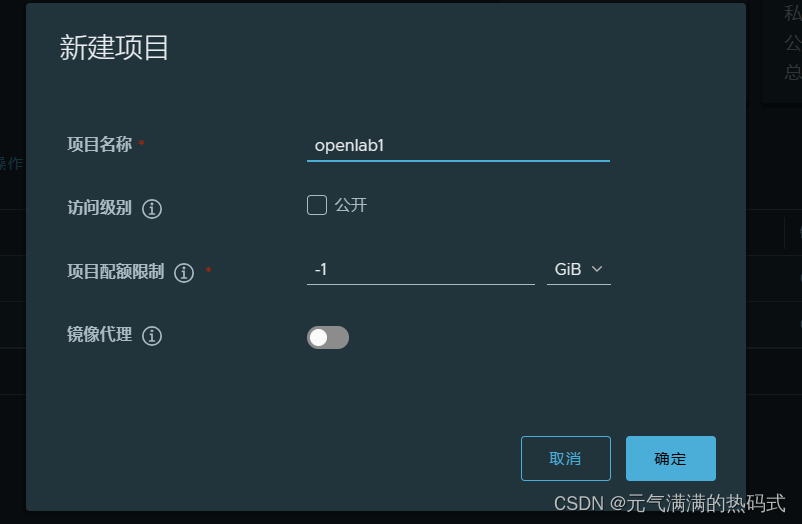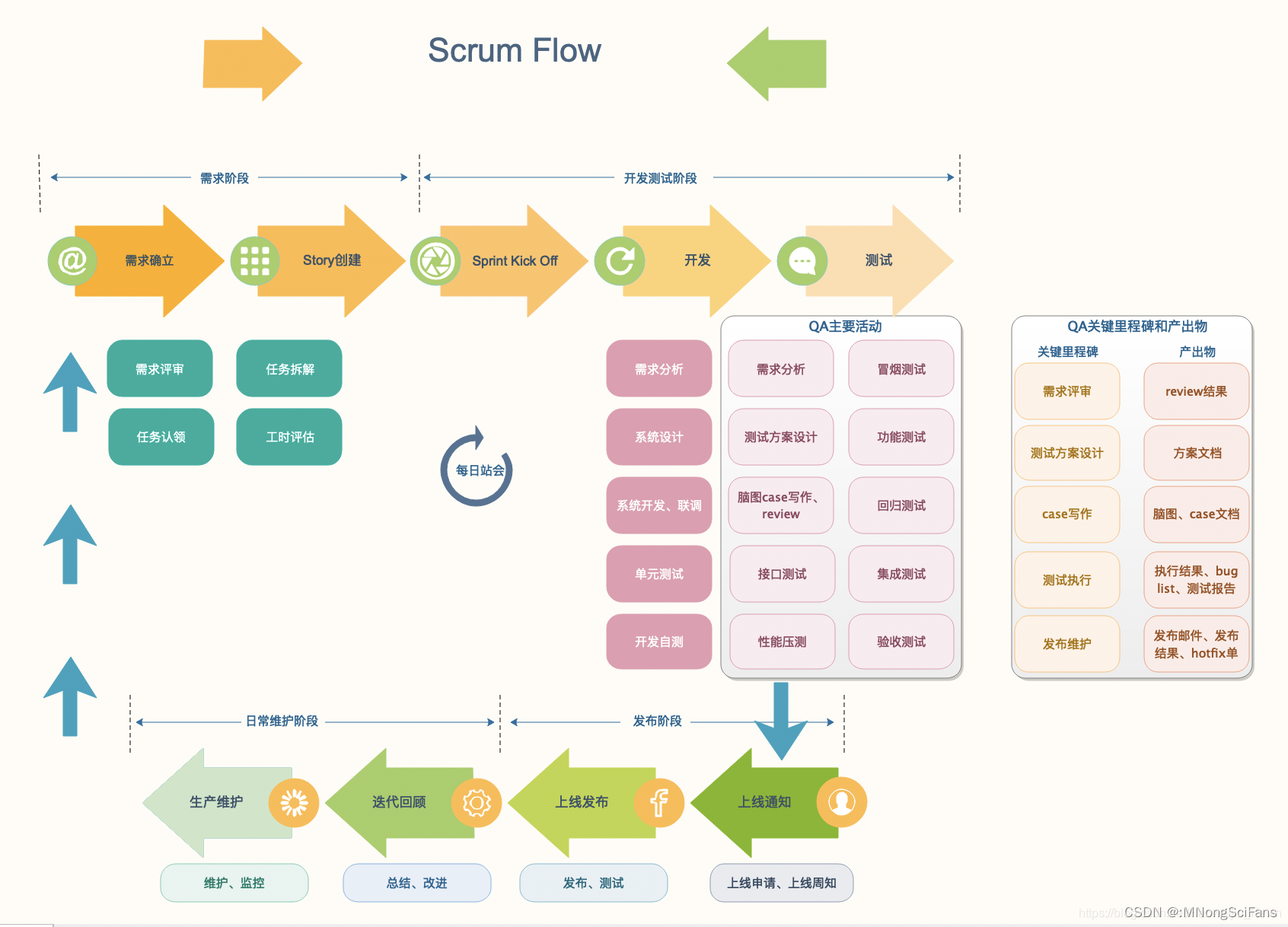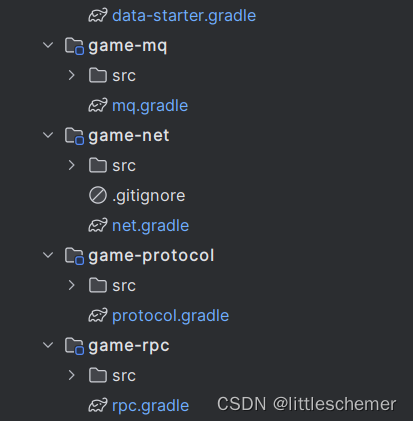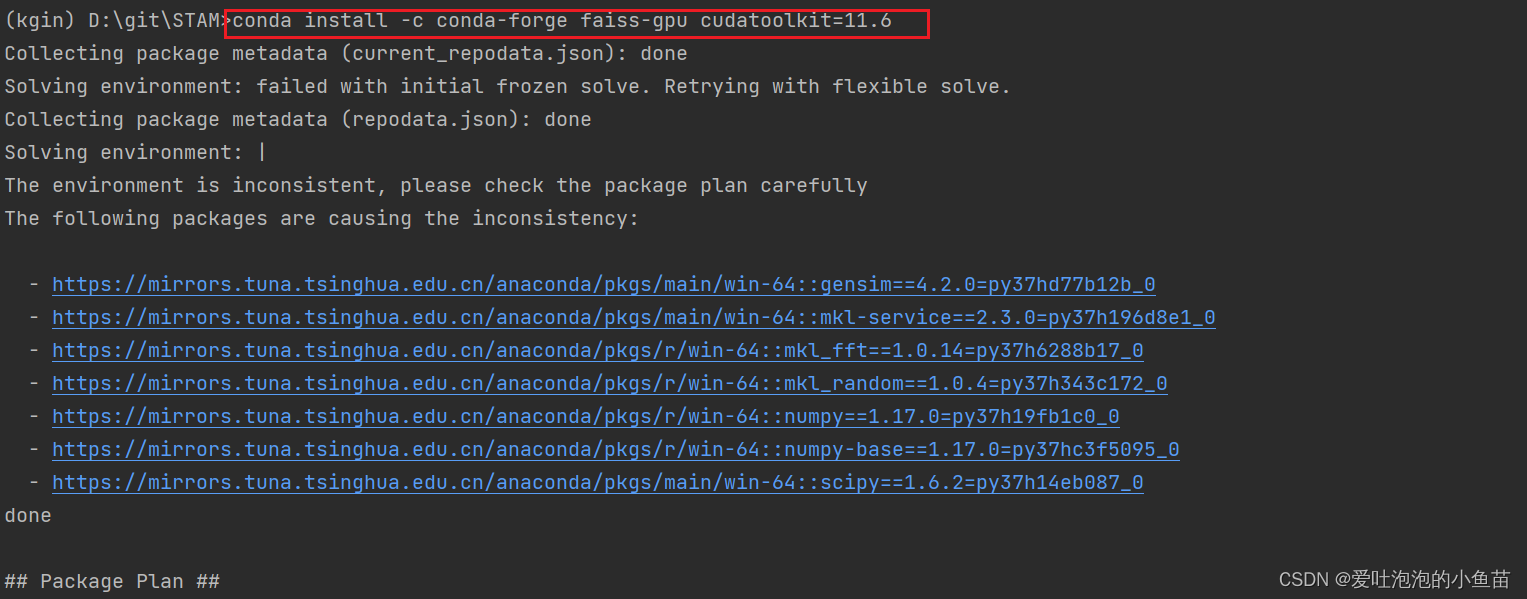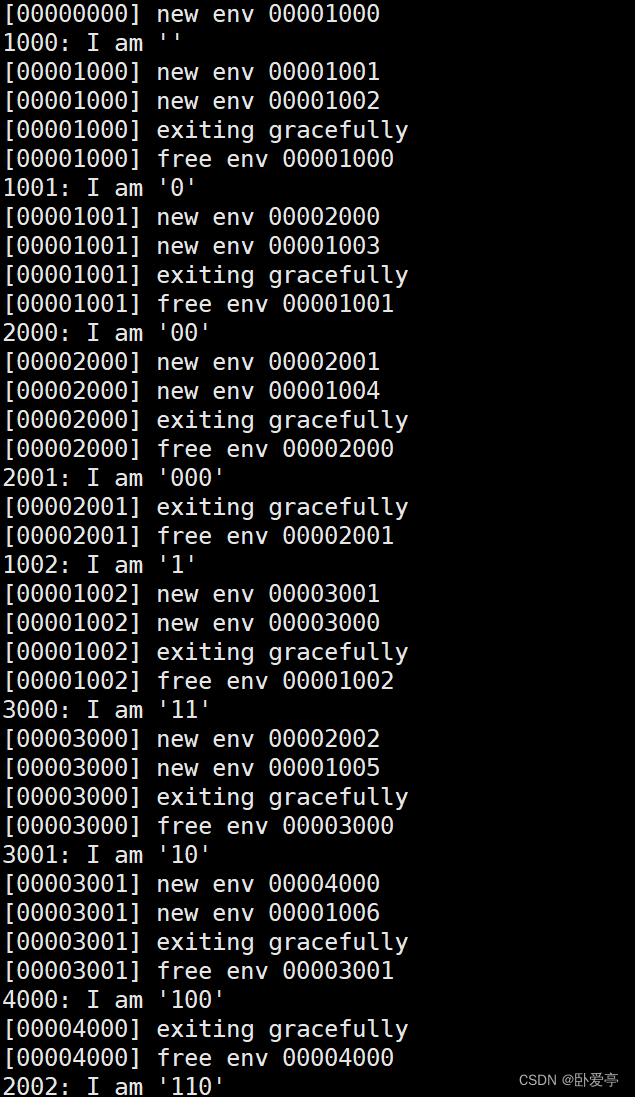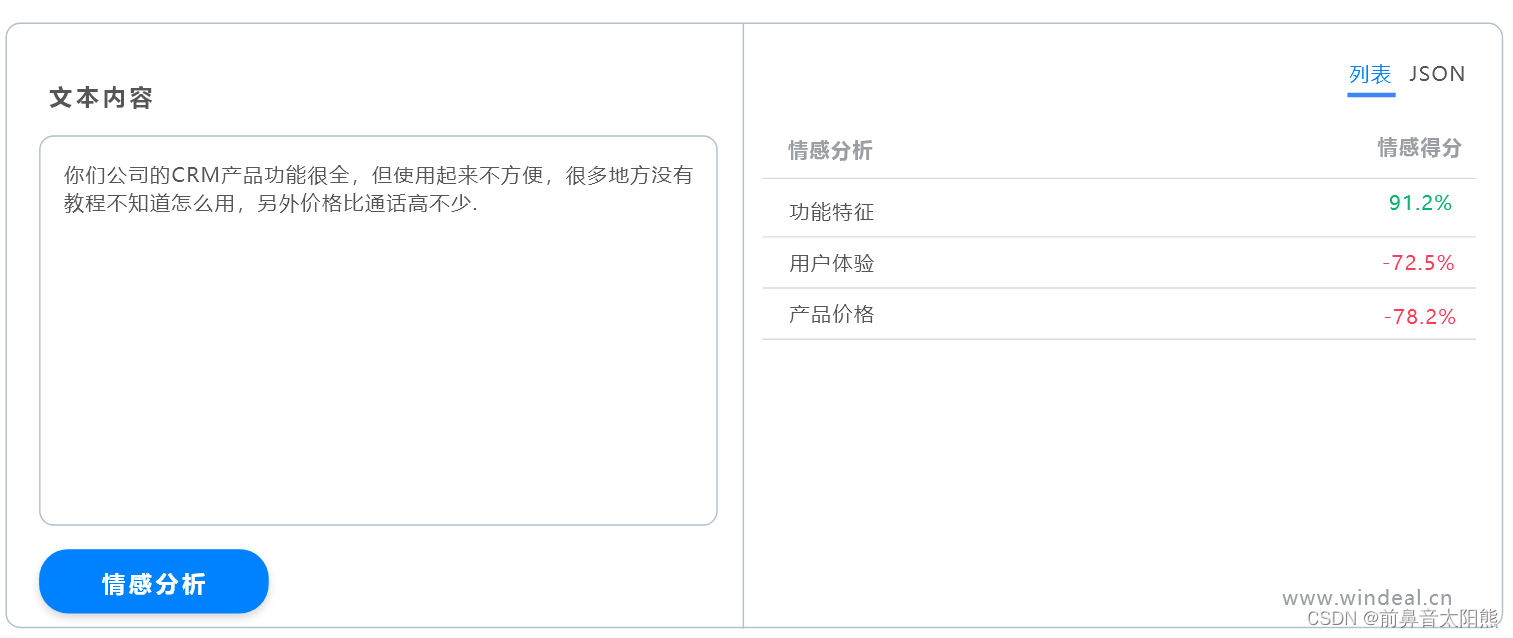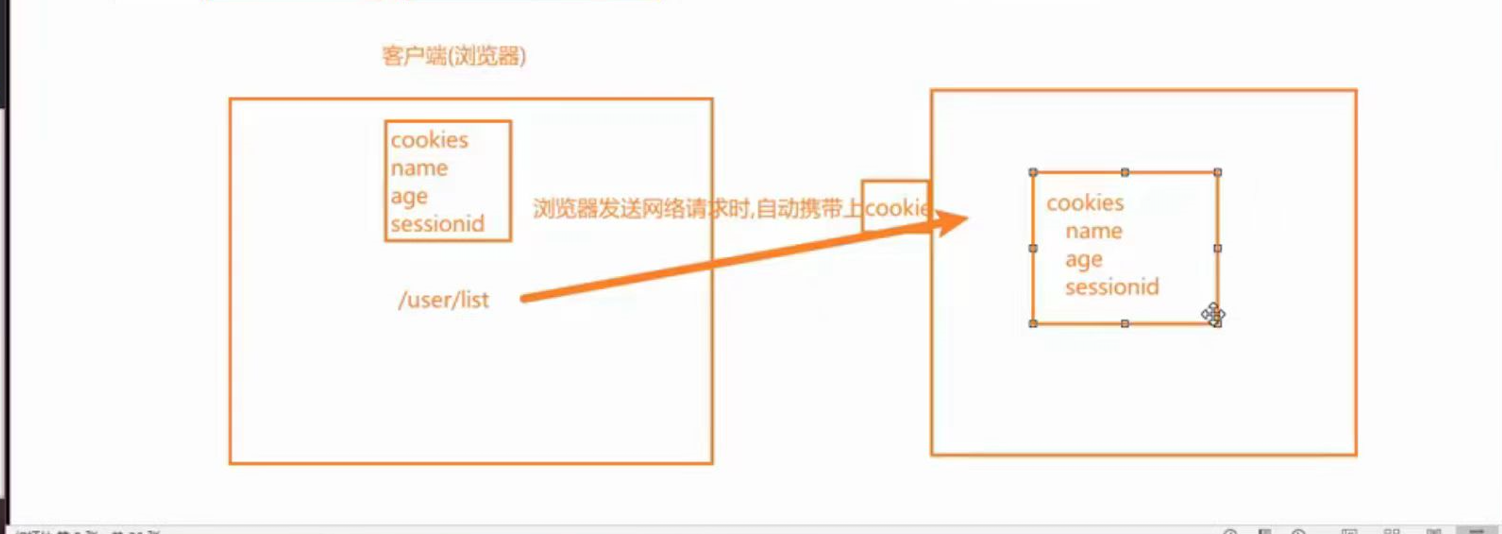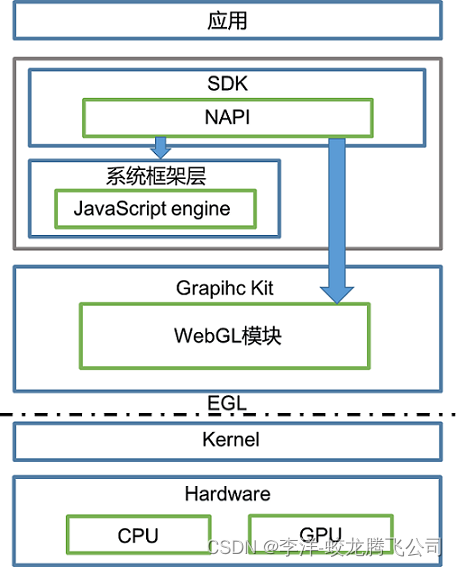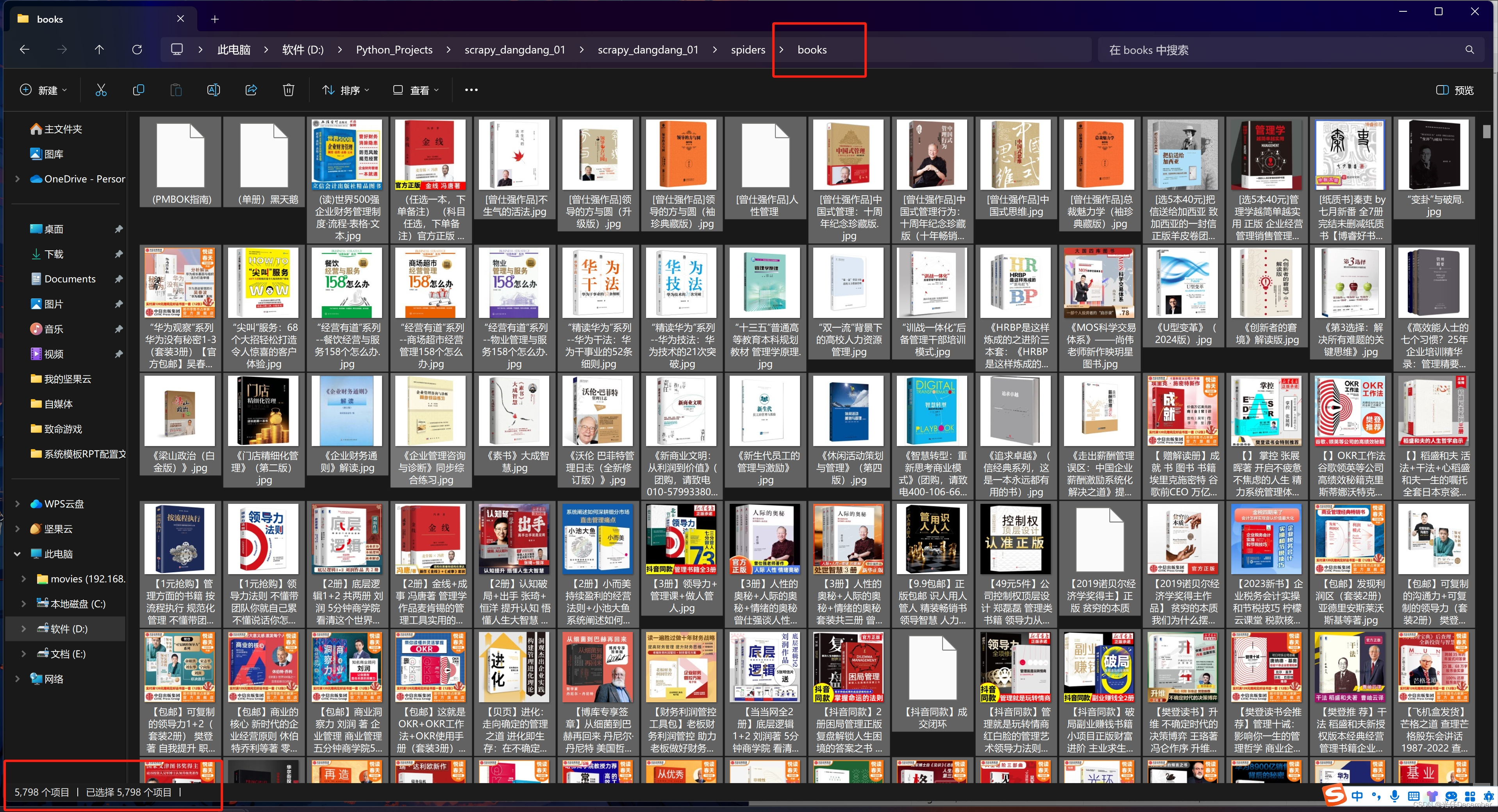目录
一、拷贝构造函数
1.概念
2.特性
二、赋值运算符重载
1.运算符重载
2.赋值运算符重载
(1)注意的点:
(2)赋值运算符不允许被重载为全局函数,只能重载为类的成员函数
(3)用户没有显式实现时,编译器会生成一个默认赋值运算符重载,以值的方式逐字节拷贝
一、拷贝构造函数
1.概念
拷贝构造函数是特殊的成员函数,能够使用已经存在的同类对象为新对象进行初始化。
2.特性
- 拷贝构造函数是构造函数的一种重载形式
- 拷贝构造函数的参数有且只有一个,且该参数必须为已经存在的同类对象的引用(一般常常使用const进行修饰,因为我们只是希望进行拷贝,而不是对原对象进行修改),如果采用传值调用的形式,编译器会直接报错,因为这将会引发无穷递归(调用拷贝构造函数进行值传递时需要创建一个形参,而形参又要调用拷贝构造函数来获取实参,程序会崩溃)
#define _CRT_SECURE_NO_WARNINGS
#include<iostream>
using namespace std;
class Date
{
public:
Date(int year = 1900, int month = 1, int day = 1)
{
_year = year;
_month = month;
_day = day;
}
// Date(const Date& d) // 正确写法
Date(const Date d)
// 错误写法:编译报错,会引发无穷递归,粗暴点理解这就是规定
{
_year = d._year;
_month = d._month;
_day = d._day;
}
private:
int _year;
int _month;
int _day;
};
int main()
{
Date d1;
Date d2(d1);
return 0;
}- 若无显示创建拷贝构造函数,编译器将生成一个默认拷贝构造函数。默认的拷贝构造函数对象按内存存储按字节序完成拷贝,这种拷贝叫做浅拷贝,或者值拷贝
class Time
{
public:
Time()
{
_hour = 1;
_minute = 1;
_second = 1;
}
Time(const Time& t)
{
_hour = t._hour;
_minute = t._minute;
_second = t._second;
cout << "Time::Time(const Time& t)" << endl;
}
private:
int _hour;
int _minute;
int _second;
};
class Date
{
private:
// 基本类型(内置类型)
int _year = 2024;
int _month = 3;
int _day = 9;
// 自定义类型
Time _t;
};
int main()
{
Date d1;
// 用已经存在的d1拷贝构造d2,此处会调用Date类的拷贝构造函数
// 但Date类并没有显式定义拷贝构造函数,则编译器会给Date类生成一个默认的拷贝构造函数
Date d2(d1);
return 0;
}注意:在编译器生成的默认拷贝构造函数中,内置类型是按照字节方式直接拷贝的,而自定 义类型是调用其拷贝构造函数完成拷贝的。
看下面一串代码,试运行一下并观察结果。
typedef int DataType;
class Stack
{
public:
Stack(size_t capacity = 10)
{
_array = (DataType*)malloc(capacity * sizeof(DataType));
if (nullptr == _array)
{
perror("malloc申请空间失败");
return;
}
_size = 0;
_capacity = capacity;
}
void Push(const DataType& data)
{
// CheckCapacity();
_array[_size] = data;
_size++;
}
~Stack()
{
if (_array)
{
free(_array);
_array = nullptr;
_capacity = 0;
_size = 0;
}
}
private:
DataType* _array;
size_t _size;
size_t _capacity;
};
int main()
{
Stack s1;
s1.Push(1);
s1.Push(2);
s1.Push(3);
s1.Push(4);
Stack s2(s1);
return 0;
}
}好家伙,程序崩溃了~看下面的图(主要是因为两个对象的_array指向了同一块内存空间,当s2释放_array指向的空间时,s1的_array指向的内存空间与s2销毁前_array指向的空间一致,导致了该空间重复多次释放)
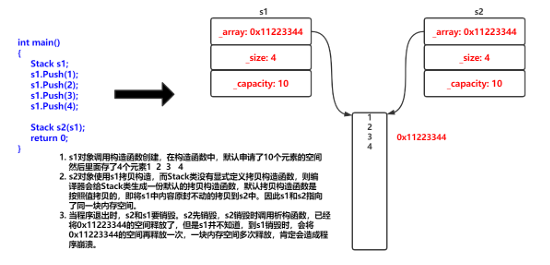
由此,我们看到了浅拷贝的弊端之一——在申请资源(开辟空间)时,不同对象内部的指针会指向同一块空间,导致析构时出现异常。类中如果没有涉及资源申请时,拷贝构造函数是否写都可以;一旦涉及到资源申请时,则拷贝构造函数是一定要写的,否则就是浅拷贝。
对于上面的代码,可以添加一个拷贝构造函数,这样编译器就不会自动生成了,想要修改s2里面_array的值可以再写一个别的函数来修改。下面的这个函数就属于深拷贝的拷贝构造函数,因为这是我按照所需自行设定的拷贝构造函数。
Stack(const Stack& data)
{
_capacity = data._capacity;
_size = data._size;
_array = nullptr;
}为了提高程序效率,一般对象传参时,尽量使用引用类型,返回时根据实际场景,能用引用 尽量使用引用。
注意:利用已有对象创建新对象时调用了拷贝构造函数就不会再调用构造函数了。
二、赋值运算符重载
1.运算符重载
C++为了增强代码的可读性引入了运算符重载,运算符重载是具有特殊函数名的函数,也具有其返回值类型,函数名字以及参数列表,其返回值类型与参数列表与普通的函数类似。
函数名字为:关键字operator后面接需要重载的运算符符号。
函数原型:返回值类型 operator操作符(参数列表)
bool operator==(const Date& d1, const Date& d2)
{
return d1._year == d2._year
&& d1._month == d2._month
&& d1._day == d2._day;
}注意:
- 不能通过连接其他符号来创建新的操作符:比如operator@(在C/C++中@不是操作符)
- 重载操作符必须有一个类类型参数
- 用于内置类型的运算符,其含义不能改变,例如:内置的整型+,不能改变其含义(可以理解为在内置类型之间(不包含自定义类型)或者是作用于内置类型本身的操作符含义不容改变,即该运算符无法重载)
- 作为类成员函数重载时,其形参看起来比操作数数目少1,因为成员函数的第一个参数为隐藏的this指针
- .* (使用指针的,不常见,知道即可) ::(域限定操作符) sizeof ?:(三目运算符) .(成员访问) 注意以上5个运算符不能重载。
#define _CRT_SECURE_NO_WARNINGS
#include<iostream>
using namespace std;
//运算符重载
class Date
{
public:
Date(int year=2024,int month=3,int day=10)
{
_year = year;
_month = month;
_day = day;
}
private:
int _year;
int _month;
int _day;
};
bool operator==(const Date&d1,const Date&d2)
{
return d1._year == d2._year
&& d1._month == d2._month
&& d1._day == d2._day;
}
int main()
{
Date d1(2024, 1, 6);
Date d2;
//这里需要注意运算符的优先级
cout << (d1 == d2) << endl;
return 0;
}此时,你会发现编译器报错了,为什么呢?因为Date类对象内部的成员变量是私有的,无法通过外部全局函数来访问。

那有什么解决办法吗?有的,法一是使用下一节我们将会讲到的友元函数,法二是可以将这个全局函数重载成为一个成员函数封装到类中去。代码如下:
//法一:友元函数
class Date
{
public:
Date(int year=2024,int month=3,int day=10)
{
_year = year;
_month = month;
_day = day;
}
//添加一个friend,你是我的朋友了,所以我内部的成员允许你的访问
friend bool operator==(const Date& d1, const Date& d2);
private:
int _year;
int _month;
int _day;
};
//法二:==运算符作成员函数重载
class Date
{
public:
Date(int year=2024,int month=3,int day=10)
{
_year = year;
_month = month;
_day = day;
}
//其实还是有两个操作数的,函数的第一个参数是默认的this指针
//bool operator==(Date* this,const Date& d)
bool operator==(const Date& d)
{
return _year == d._year
&& _month == d._month
&& _day == d._day;
}
private:
int _year;
int _month;
int _day;
};2.赋值运算符重载
(1)注意的点
- 针对内置类型允许连续赋值的特点,自定义类型的赋值运算符也应该要允许连续赋值
- 连续赋值有一个前提,就是类型一致性
- 参数类型应该是类的类型,const Class&(引用类型为最佳,能够优化性能和速度)
- 返回值类型应该为类的引用,提高运行效率,支持连续赋值
- 返回的应该是*this(被赋值对象的引用)
class Date
{
public:
Date(int year=2024,int month=3,int day=10)
{
_year = year;
_month = month;
_day = day;
}
void show()
{
cout << _year << "年" << _month << "月" << _day << "日" << endl;
}
Date& operator=(const Date& d)
{
_year = d._year;
_month = d._month;
_day = d._day;
return *this;
}
private:
int _year;
int _month;
int _day;
};
int main()
{
Date d1(2024, 1, 6);
Date d2;
d1 = d2;
d1.show();
return 0;
}(2)赋值运算符不允许被重载为全局函数,只能重载为类的成员函数
Date& operator=(Date& left, const Date& right)
{
if (&left != &right)
{
left._year = right._year;
left._month = right._month;
left._day = right._day;
}
return left;
}
原因:赋值运算符如果不显式实现,编译器会生成一个默认的。此时用户再在类外自己实现 一个全局的赋值运算符重载,就和编译器在类中生成的默认赋值运算符重载冲突了,故赋值运算符重载只能是类的成员函数。
(3)用户没有显式实现时,编译器会生成一个默认赋值运算符重载,以值的方式逐字节拷贝
#define _CRT_SECURE_NO_WARNINGS
#include<iostream>
using namespace std;
//运算符重载
class Date
{
public:
Date(int year = 2024, int month = 3, int day = 10)
{
_year = year;
_month = month;
_day = day;
}
void show()
{
cout << _year << "年" << _month << "月" << _day << "日" << endl;
}
//Date& operator=(const Date& d)
//{
// _year = d._year;
// _month = d._month;
// _day = d._day;
// return *this;
//}
private:
int _year;
int _month;
int _day;
};
int main()
{
Date d1(2024, 1, 6);
Date d2;
d1 = d2;
d1.show();
return 0;
}注意:内置类型成员变量是直接赋值的,而自定义类型成员变量需要调用对应类的赋值运算符重载完成赋值(请读者自行实现,但是请记住一点自定义类型的赋值和拷贝构造,归根结底还是对内置类型的赋值和拷贝)。
编译是成功的,诶,同拷贝构造函数一样,当只是涉及到值拷贝的时候,编译器自动生成的赋值运算符重载是足够的,但是当涉及到申请资源的时候,就会和拷贝构造函数一样,程序会崩溃啦~
typedef int DataType;
class Stack
{
public:
Stack(size_t capacity = 10)
{
_array = (DataType*)malloc(capacity * sizeof(DataType));
if (nullptr == _array)
{
perror("malloc申请空间失败");
return;
}
_size = 0;
_capacity = capacity;
}
void Push(const DataType& data)
{
// CheckCapacity();
_array[_size] = data;
_size++;
}
~Stack()
{
if (_array)
{
free(_array);
_array = nullptr;
_capacity = 0;
_size = 0;
}
}
private:
DataType* _array;
size_t _size;
size_t _capacity;
};
int main()
{
Stack s1;
s1.Push(1);
s1.Push(2);
s1.Push(3);
s1.Push(4);
Stack s2;
s2 = s1;
return 0;
}
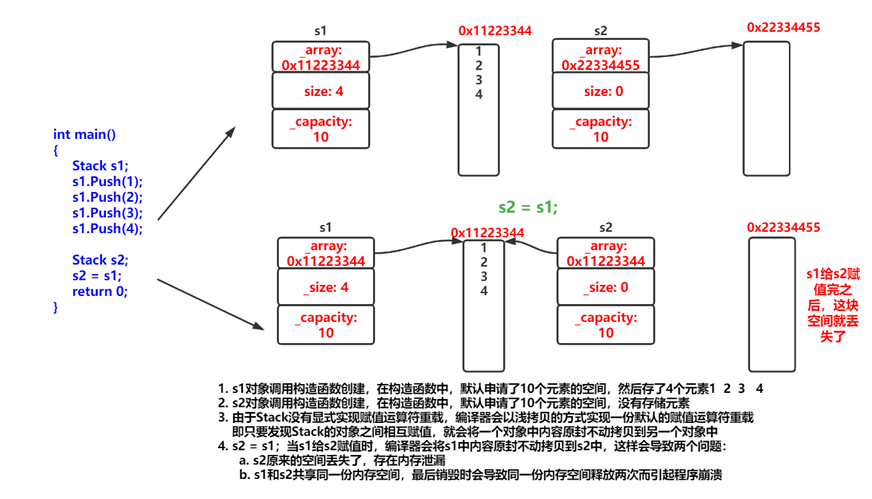
3.前置++与后置++重载
int getMonthDay[13] = { 0,31,28,31,30,31,30,31,31,30,31,30,31 };
class Date
{
public:
Date(int year = 2024, int month = 3, int day = 10)
{
_year = year;
_month = month;
_day = day;
}
void show()
{
cout << _year << "年" << _month << "月" << _day << "日" << endl;
}
bool operator==(const Date& d)
{
return _year == d._year
&& _month == d._month
&& _day == d._day;
}
//由于前置++是得到的直接是+1后的结果,那么直接返回使用前置++对象的引用即可
Date& operator++()
{
if (_day < getMonthDay[_month])
{
_day++;
}
else
{
_month++;
_day = 1;
}
return *this;
}
//由于后置++是得到的是+1前的结果,先创建一个临时对象来接收原对象数值,然后对++对象进行自增,最后返回临时对象的值(不能返回引用,否则这将会造成野引用)
Date operator++(int i)
{
Date temp = *this;
//使用前置自增,因为这里的实现逻辑与前置++一致了
++*this;
return temp;
}
private:
int _year;
int _month;
int _day;
};
int main()
{
Date d1(2024, 1, 1);
Date d2(2024, 3, 1);
//创建一个新的变量d3来接受后置++的返回值,验证成功性
Date d3=d1++;
d1.show();
d3.show();
++d2;
d2.show();
return 0;
}观察上述代码,为了区分前置++与后置++,C++研发者规定了需要在后置++的参数列表中添加一个int型形参,在隐式使用时不需要传入参数,但是如果是显示调用时,需要手动补齐参数(运算符重载不允许使用缺省参数),下面的截图是前置++,你可以在()随便写一个值使其成为后置++。

在下一节中,我将会通过日期类的实现来进一步地体现已有的类成员函数。

